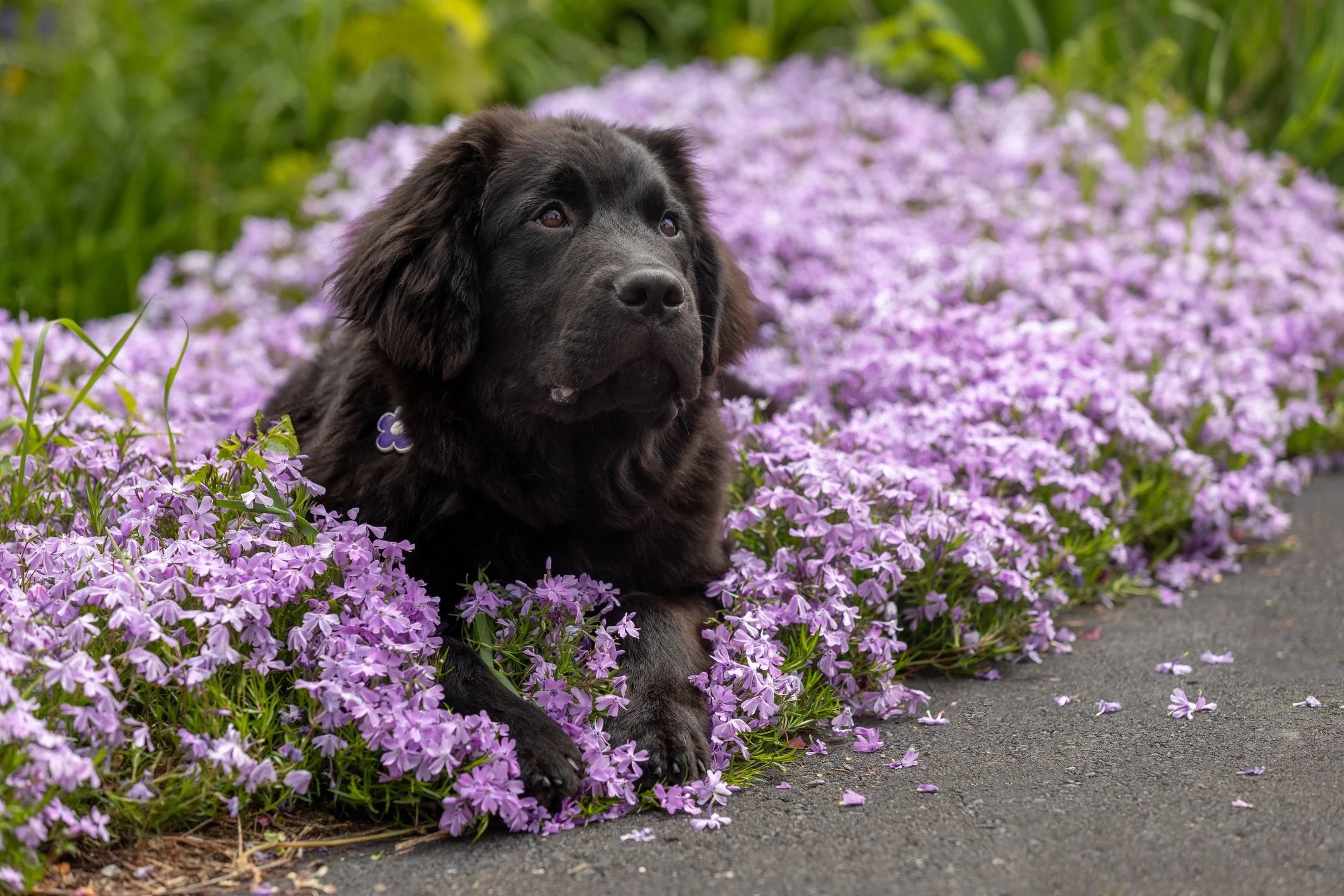

Articles
How To Keep A Dog Out Of A Garden
Modified: September 1, 2024
Discover effective techniques to keep your dog away from your garden and preserve your gardening efforts. Implement smart strategies to enjoy a beautiful and flourishing garden without any hassle.
(Many of the links in this article redirect to a specific reviewed product. Your purchase of these products through affiliate links helps to generate commission for Storables.com, at no extra cost. Learn more)
Introduction
Welcome to our comprehensive guide on how to keep a dog out of a garden. Dogs are incredible companions and bring joy and happiness to our lives. However, when it comes to our beloved gardens, dogs can sometimes be a bit mischievous and cause damage to our plants, flowers, and landscaping. If you’re a gardening enthusiast who also shares their space with a four-legged friend, you may be wondering how to strike a balance between a beautiful garden and a happy dog.
In this article, we’ll delve into the behavior of dogs and offer you a variety of approaches to keep them out of your garden. Whether you’re dealing with a rambunctious puppy or a curious older dog, we’ve got you covered with various techniques and strategies that will help you protect your garden without sacrificing your furry friend’s happiness.
Understanding the behavior of dogs is crucial in finding effective solutions to keep them away from your garden. Dogs are naturally curious and love exploring their surroundings, and this includes digging, chewing, and sometimes urinating in areas they find intriguing. This behavior is often driven by their instincts and need for mental and physical stimulation. By understanding why dogs behave the way they do, we can implement preventive measures that discourage them from entering the garden in the first place.
In the following sections, we’ll explore different approaches to keeping dogs out of your garden. These approaches fall into various categories, including creating physical barriers, using repellents, implementing training techniques, providing an alternative area for your dog, and maintaining your garden to minimize their interest in it.
Remember, it’s essential to approach this issue with patience, understanding, and positive reinforcement. By using a combination of strategies and adapting them to your dog’s specific behavior and personality, you can create a harmonious environment where your garden can thrive, and your dog can still enjoy their time outdoors.
Without further ado, let’s dive into the world of gardening and the wonderful journey of keeping dogs out of our gardens!
Key Takeaways:
- Create a harmonious garden-dog balance by understanding your dog’s behavior, using physical barriers, repellents, training techniques, and providing an alternative play area. Consistency and patience are key to success.
- Maintain a beautiful garden while keeping your furry friend happy by implementing a combination of strategies, including physical barriers, repellents, training, and providing an alternative play area. With love and patience, you can create a harmonious environment for both your garden and your dog.
Read more: How To Keep A Dog Out Of A Garden Bed
Understanding the Dog’s Behavior
Before we explore how to keep dogs out of the garden, it’s important to understand their behavior. By understanding why dogs are attracted to gardens and what motivates their actions, we can implement effective strategies to deter them.
Dogs have a natural instinct to explore and investigate their surroundings. They rely heavily on their sense of smell and are often drawn to areas with interesting scents, such as freshly turned soil or plants. Additionally, dogs may be attracted to gardens because they offer a stimulating environment with various sights, sounds, and textures.
Some common behaviors that dogs may exhibit in the garden include digging, chewing on plants or flowers, and marking their territory by urinating on plants or structures. These actions are often driven by instinct, boredom, or a lack of appropriate outlets for their energy.
It’s important to note that not all dogs have the same behavior patterns. Some breeds, such as terriers, are more prone to digging, while others may be more inclined to chew on plants. Understanding your dog’s specific behavior and motivations will help you tailor your approach to keeping them out of the garden.
Another important factor to consider is the age and training level of your dog. Puppies and adolescent dogs are more likely to engage in destructive behaviors due to their high energy levels and curiosity. Older dogs may have ingrained habits that need to be addressed through training and positive reinforcement.
To effectively keep dogs out of the garden, it’s crucial to provide them with appropriate outlets for their energy and mental stimulation. Ensuring that they receive regular exercise, playtime, and training sessions will help reduce their desire to explore and engage in destructive behaviors in the garden.
Additionally, it’s important to create a positive association with the garden by incorporating their favorite toys and activities into the space. By providing them with designated areas for play and relaxation, you can redirect their attention away from the plants and flowers.
By understanding the underlying reasons behind your dog’s behavior in the garden, you can implement strategies that address their specific needs. In the following sections, we’ll explore different approaches to keeping dogs out of the garden, tailored to different behavior patterns and preferences. With patience, consistency, and positive reinforcement, you can create a garden that is both beautiful and dog-friendly.
Creating a Physical Barrier
One of the most effective ways to keep a dog out of the garden is to create a physical barrier that prevents them from accessing the area. There are several options available, depending on the size of your garden and the level of restriction you want to impose:
- Fencing: Installing a sturdy fence around your garden is a reliable way to keep dogs out. Opt for a fence that is at least 4 to 6 feet tall to discourage jumping or climbing. Ensure that the gaps between the fence posts are small enough to prevent your dog from squeezing through. Additionally, consider using materials that are difficult for dogs to dig under, such as concrete or buried chicken wire.
- Garden Beds: Raised garden beds can be an effective deterrent for dogs. By elevating the plants off the ground, you make it more challenging for dogs to access and damage them. Choose materials for the raised beds that are sturdy and durable, such as treated lumber or stone. Be sure to secure any loose soil or mulch to prevent your dog from digging into the beds.
- Wire Mesh or Netting: Another option is to use wire mesh or netting to cover specific areas of your garden. This can be particularly useful for protecting flower beds or smaller sections of your garden. Secure the wire mesh or netting tightly to prevent dogs from pushing it aside or getting entangled.
- Gates or Entrances: Install gates or entrances at the perimeter of your garden to control access. This allows you to easily enter and exit the garden while preventing your dog from freely wandering in. Be sure to choose secure and reliable gate mechanisms to prevent your dog from accidentally opening them.
When implementing a physical barrier, it’s important to consider your dog’s size and agility. Some dogs are excellent jumpers or climbers and may require taller or reinforced fencing. If you have a small dog, ensure that there are no gaps in the fencing that they can squeeze through. Monitoring your dog’s behavior and adjusting the barrier accordingly will help maintain the effectiveness of this approach.
Keep in mind that while a physical barrier is an effective deterrent, it’s not a standalone solution. Combining this approach with other strategies, such as training and providing alternative areas, will increase the likelihood of success in keeping your dog out of the garden.
By creating a physical barrier, you establish clear boundaries between your dog and the garden. This allows you to maintain a well-maintained and intact outdoor space while still providing your dog with a safe and enjoyable environment to explore.
Using Repellents
Repellents can be a valuable tool in deterring dogs from entering and causing damage to your garden. There are several types of repellents available, from commercial products to homemade remedies. Here are some options to consider:
- Commercial Repellents: Many pet stores offer commercial repellents specifically designed to deter dogs from certain areas. These repellents often contain natural ingredients with strong scents that dogs find unpleasant. Follow the instructions on the product label to apply them to areas of your garden that you want to protect. Be sure to choose a repellent that is safe for use around plants.
- Natural Repellents: If you prefer more eco-friendly options, there are natural repellents that dogs find unappealing. One example is using citrus scents. Dogs tend to dislike the smell of citrus fruits, so placing orange or lemon peels around your garden can help keep them away. Another option is vinegar. Mixing apple cider vinegar with water and spraying it on plants can deter dogs from approaching and chewing on them.
- Spices and Herbs: Dogs have a strong sense of smell, and certain spices and herbs can act as natural repellents. Sprinkling cayenne pepper or chili powder around your garden can discourage dogs from getting too close. Additionally, planting strong-smelling herbs like rosemary, thyme, or lavender can help repel dogs due to their potent scents.
- Harmless Household Items: There are everyday household items that can be repurposed as dog repellents. For example, placing aluminum foil or plastic bottles filled with water in the garden can startle dogs with their reflective or rattling qualities. Dogs don’t particularly enjoy the sound or sensation of these items, and they may decide to stay away.
It’s important to note that while repellents can be effective, their durability may vary depending on the dog’s persistence and tolerance level. Some dogs may become desensitized to certain scents over time. It’s recommended to periodically change or rotate the type of repellents you use to maintain their effectiveness.
When working with repellents, it’s crucial to prioritize the safety of both your dog and your plants. Ensure that the repellents you choose are non-toxic and safe for use around plants. Avoid using any repellents that contain harmful chemicals or ingredients that could pose a risk to your dog’s health.
Using repellents in conjunction with other strategies, such as training techniques and providing alternative areas, can increase their effectiveness. By making your garden less appealing and enjoyable for your furry friend, you can encourage them to explore and play elsewhere while preserving the beauty and integrity of your plants.
Create a barrier around the garden using chicken wire or a low fence to prevent the dog from entering. You can also train the dog to stay out of the garden using positive reinforcement techniques.
Training Techniques
Training your dog is an essential part of keeping them out of the garden. By teaching them appropriate behaviors and reinforcing positive habits, you can establish boundaries and redirect their attention away from your plants. Here are some effective training techniques to consider:
- Basic Commands: Teaching your dog basic commands such as “sit,” “stay,” and “leave it” can be valuable in managing their behavior in the garden. Practice these commands regularly and reward your dog with treats or praise when they obey. Use the “leave it” command to discourage them from approaching or investigating plants or flowers.
- Boundary Training: Establishing clear boundaries and teaching your dog to respect them is crucial for garden safety. Use visual cues, such as flags or markers, to define the boundary of the garden. Train your dog to understand that they are not allowed to cross those markers. Consistency and positive reinforcement are key in reinforcing these boundaries.
- Positive Reinforcement: Rewarding your dog for appropriate behavior is essential in training. Whenever your dog stays away from the garden or follows your commands, provide treats, praise, or playtime as a reward. This positive reinforcement helps to reinforce the desired behaviors and encourages your dog to repeat them in the future.
- Redirecting Attention: Dogs are easily distracted creatures. When you notice your dog showing interest in the garden, redirect their attention to a more appropriate area or activity. Provide toys or engage in interactive play to divert their focus away from the plants. Be consistent in redirecting their attention to reinforce the behavior of staying away from the garden.
- Aversion Training: Aversion training involves associating undesirable behaviors with unpleasant consequences. For example, using a deterrent spray that emits a harmless but unpleasant smell when your dog approaches the garden can help discourage them. Remember to choose dog-friendly and safe deterrents to avoid any harm to your pet.
Consistency and patience are key when training your dog. It may take time for them to learn and adapt to the desired behaviors. Always use positive reinforcement rather than punishment, as positive reinforcement creates a positive association and fosters a stronger bond between you and your dog.
Additionally, maintaining a consistent routine and providing your dog with plenty of physical exercise and mental stimulation can help reduce their desire to engage in destructive behaviors in the garden. A tired and mentally stimulated dog is less likely to seek out the garden as a source of entertainment.
Remember, training is an ongoing process. Continue to reinforce boundaries, practice commands, and redirect attention to maintain a harmonious environment between your dog and your garden. With consistent training and positive reinforcement, your dog will learn to respect your garden and understand what behaviors are expected of them.
Read more: How To Keep Dogs Out Of Landscaping
Providing an Alternative Area
One effective strategy to keep your dog out of the garden is to provide them with an alternative area where they can play and expend their energy. By giving them a designated space, you can redirect their attention away from the garden and towards a more suitable area. Here are some tips on providing an alternative area for your dog:
- Dog-Friendly Zone: Set aside an area in your yard that is specifically designated for your dog’s activities. This can be a fenced-off section or a designated corner of your yard. Fill this area with their favorite toys, chew treats, and interactive games to keep them engaged and entertained.
- Doggy Playground: Create a mini-playground for your dog by including items such as tunnels, agility obstacles, and digging pits. By providing these elements, you offer your dog an exciting and stimulating experience that will keep them occupied and satisfied.
- Interactive Toys: Invest in interactive toys that require mental stimulation and physical activity. Puzzle toys that dispense treats or toys that require problem-solving can keep your dog engaged and prevent them from seeking entertainment in the garden.
- Regular Exercise: Ensure that your dog receives regular exercise to burn off excess energy. Take them for daily walks, engage in play sessions, or consider enrolling them in agility or obedience classes. A tired dog is less likely to have the energy to explore and cause mischief in the garden.
- Supervision: If your dog has a strong desire to be in the garden, consider supervising their outdoor activities. When you’re outside, actively engage with your dog and redirect their attention away from the garden. This close supervision allows you to intervene and guide their behavior, ensuring they stay away from areas you want to protect.
Remember, providing an alternative area for your dog requires consistency and encouragement. Guide your dog to the designated space and reward them with treats, praise, and playtime when they engage in activities within that zone. Over time, your dog will learn to associate the alternative area with positive experiences, making it a preferred spot for them.
Additionally, make the alternative area engaging and fun for your dog. Rotate toys, introduce new activities, and spend quality time with them in that space. This will reinforce the idea that the alternative area is just as enjoyable, if not more so, than the garden.
By providing an alternative area, you give your dog a space where they can enjoy themselves while preserving the beauty and integrity of your garden. It’s a win-win situation that allows both you and your furry friend to make the most of your outdoor environment.
Maintaining the Garden
Maintaining your garden is an important aspect of keeping your dog out of it. A well-maintained garden not only enhances its beauty but also minimizes your dog’s interest in venturing into it. Here are some tips for maintaining your garden:
- Plant Selection: Choose plants that are less appealing to dogs. Some plants have strong scents or tastes that dogs find unappealing, deterring them from getting too close. Avoid planting toxic plants that can harm your dog if ingested. Research dog-friendly plants and incorporate them into your garden to create a safe environment.
- Protective Barriers: Implement protective barriers around plants that are particularly vulnerable to damage. Use decorative fencing, garden edging, or plant cages to create physical barriers that prevent your dog from accessing delicate flowers or fragile vegetation.
- Mulching: Mulch can help deter dogs from digging in your garden. Opt for larger-sized mulch pieces or rough-textured mulch that dogs find uncomfortable to dig in. This can discourage them from trying to dig through the mulch and disturb your plants.
- Regular Pruning: Regularly trim and prune your plants to remove any low-hanging branches or foliage that may attract your dog’s attention. By maintaining a tidy garden, you reduce the temptation for dogs to explore or interact with plants that are within their reach.
- Securely Store Garden Tools and Chemicals: Keep your garden tools, fertilizers, pesticides, and other chemicals securely stored and out of your dog’s reach. These items can be hazardous if ingested by your dog. Store them in locked cabinets or high shelves to prevent accidental ingestion or exposure.
In addition to these maintenance tips, it’s essential to establish a routine for your garden. Regularly water your plants, remove weeds, and ensure that the soil is well-nourished. A healthy, well-cared-for garden is less attractive to dogs seeking out areas to explore and dig.
If your dog has a specific area of interest in the garden, consider blocking off or redirecting their access to that area. Use temporary fencing, plant pots, or natural barriers to create boundaries and discourage your dog from entering those spots.
While maintaining your garden, it’s crucial to be mindful of the chemicals and products you use. Opt for organic and pet-friendly alternatives when it comes to fertilizers, herbicides, and insecticides. This ensures that your garden remains a safe and non-toxic environment for your dog to be around.
By consistently maintaining your garden, you create an environment that is less appealing to dogs. When the garden is well-kept, there is less temptation for dogs to engage in destructive behaviors or disrupt the natural beauty of your outdoor space.
Conclusion
Keeping a dog out of the garden can be a challenge, but with the right strategies and approaches, you can create a harmonious balance between your furry friend and your gardening endeavors. By understanding your dog’s behavior and motivations, you can implement effective techniques to deter them from entering the garden and causing damage to your plants.
Creating a physical barrier, such as fencing or raised garden beds, is a reliable way to keep dogs out of the garden. Combine this with the use of repellents, both commercial and natural, to discourage them from approaching the area. Training techniques, including obedience commands and positive reinforcement, play a crucial role in establishing boundaries and redirecting their attention away from the garden.
Providing an alternative area for your dog to play and expend their energy is another effective strategy. This special area, filled with toys and interactive games, will redirect their focus and keep them away from your plants. Maintaining your garden by carefully selecting dog-friendly plants, using barriers, and regularly pruning and mulching will minimize your dog’s interest in exploring or digging in the garden.
Remember, consistency, patience, and positive reinforcement are essential throughout the process. Each dog is unique, and it may take time to find the right combination of strategies that work for you and your furry companion.
By implementing these techniques and maintaining a positive and loving approach, you can create an environment where both your garden and your dog can coexist happily. Enjoy your gardening journey with the company of your loyal canine companion!
Frequently Asked Questions about How To Keep A Dog Out Of A Garden
Was this page helpful?
At Storables.com, we guarantee accurate and reliable information. Our content, validated by Expert Board Contributors, is crafted following stringent Editorial Policies. We're committed to providing you with well-researched, expert-backed insights for all your informational needs.
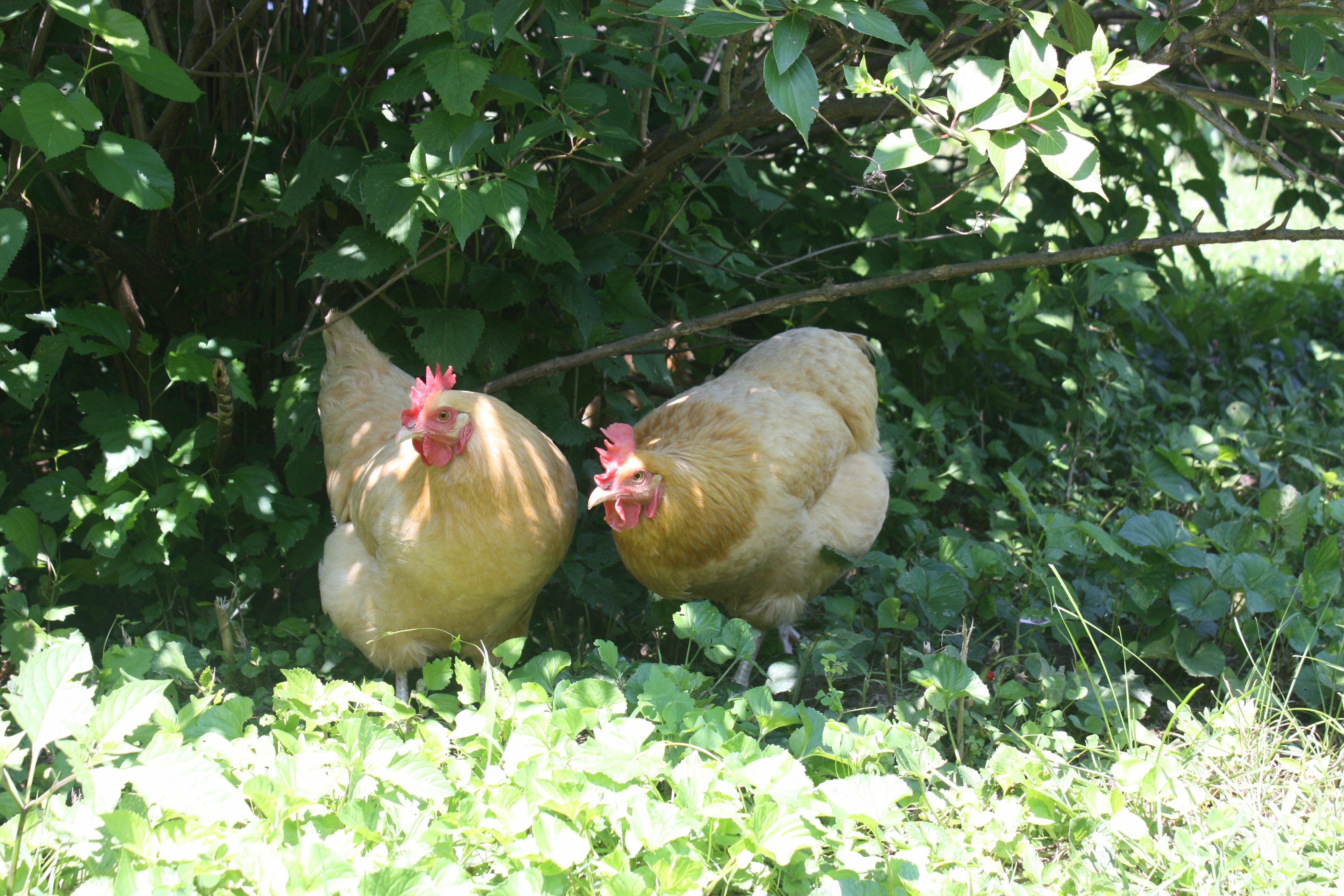
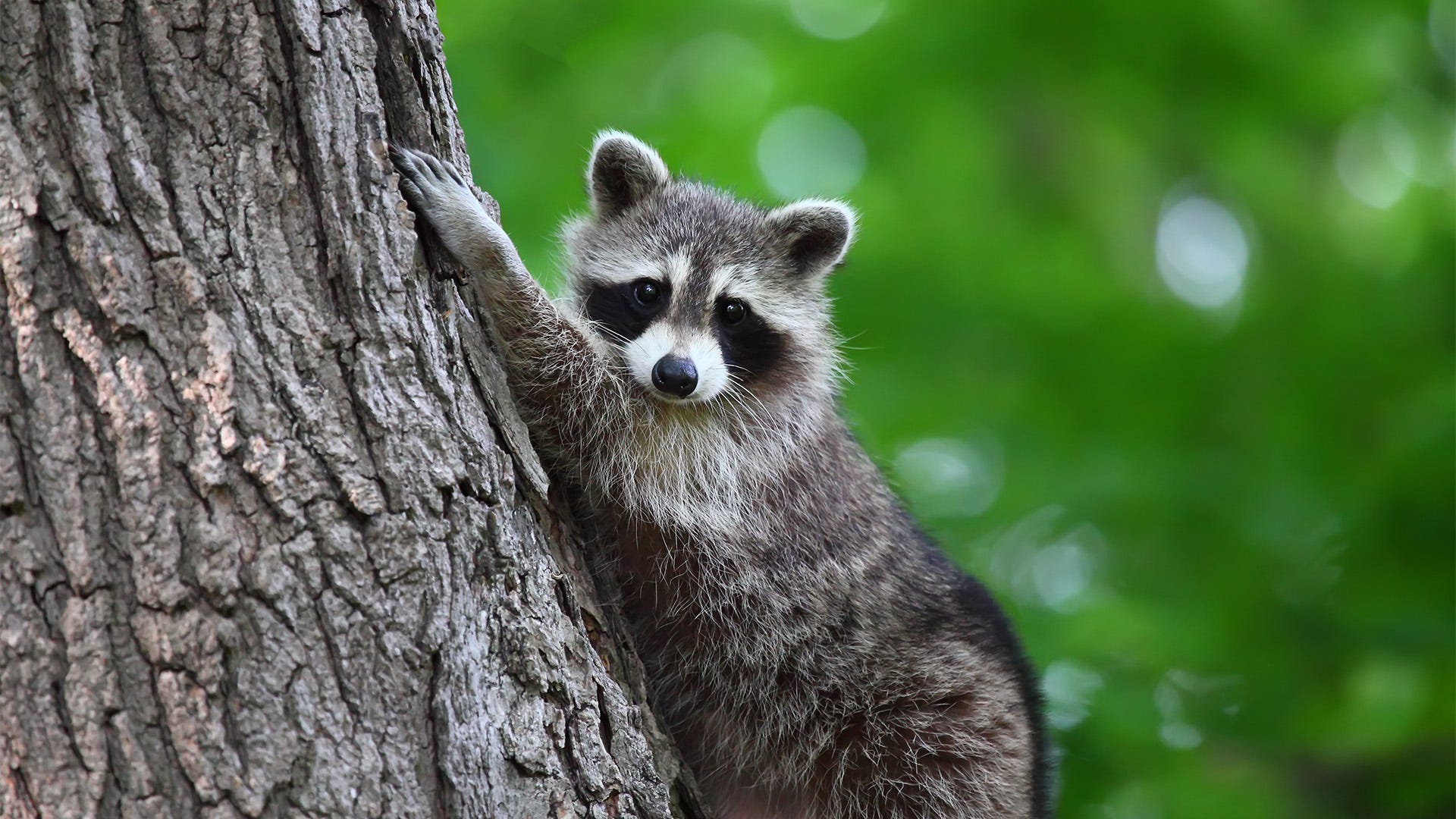
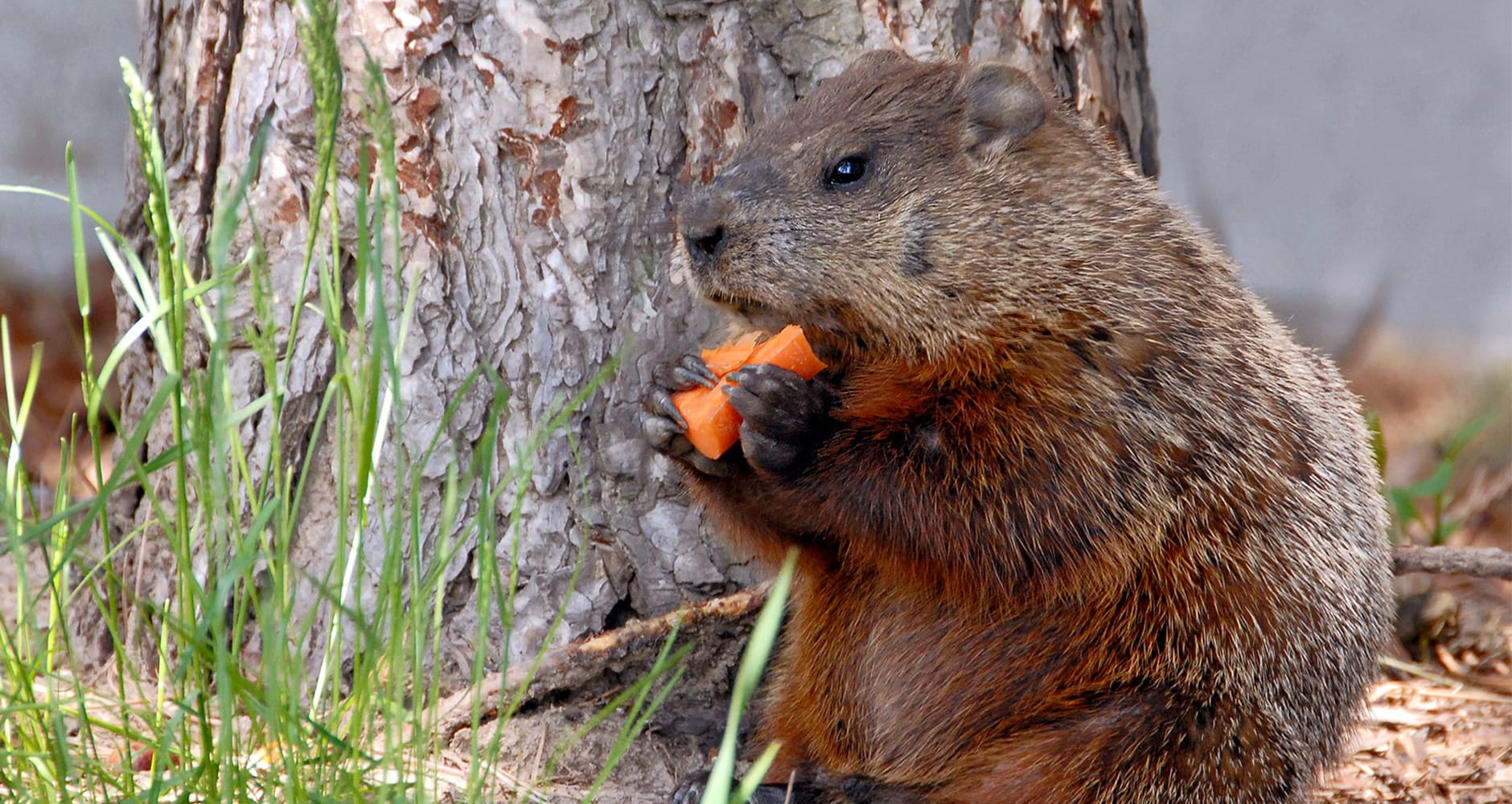
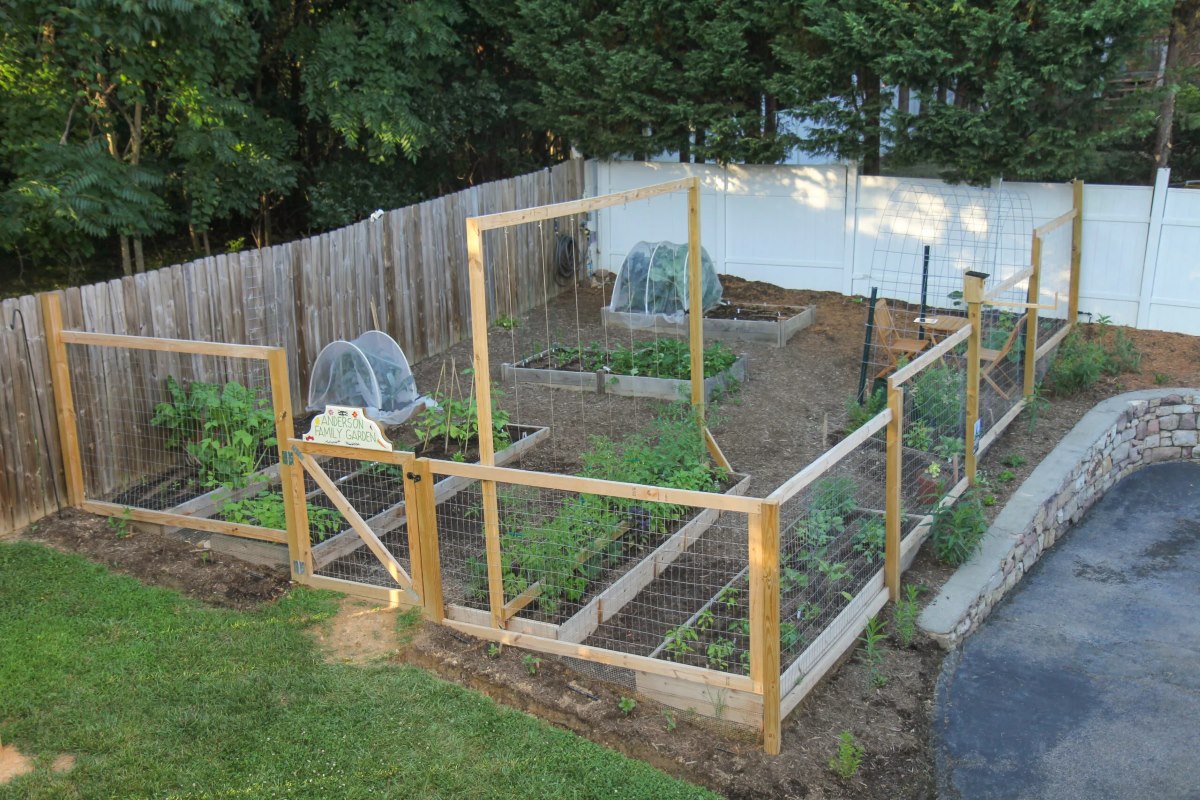
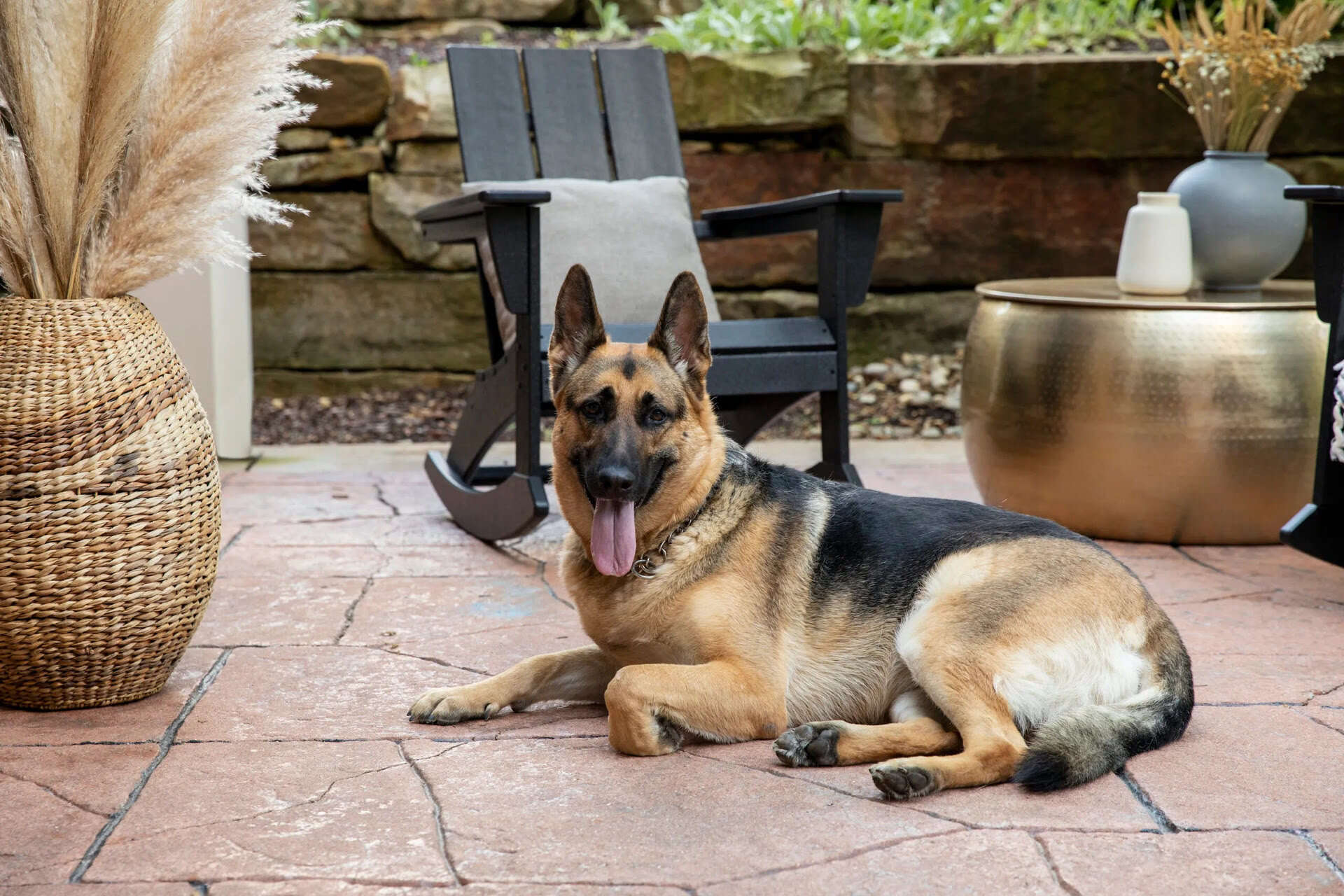
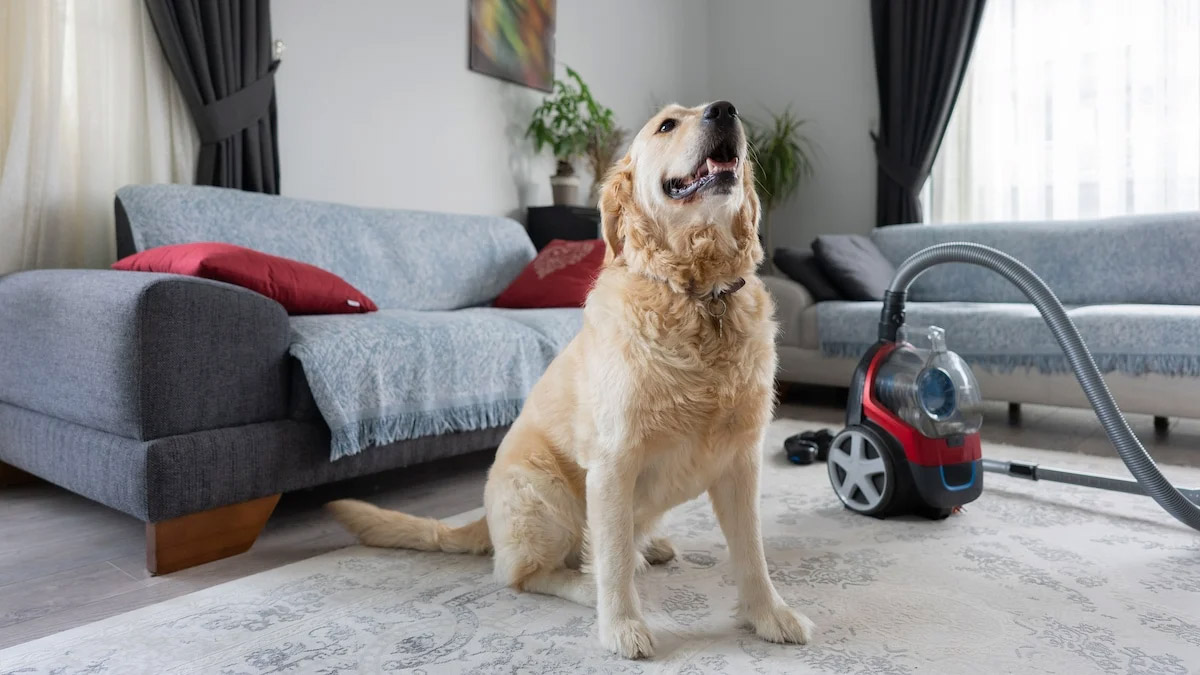
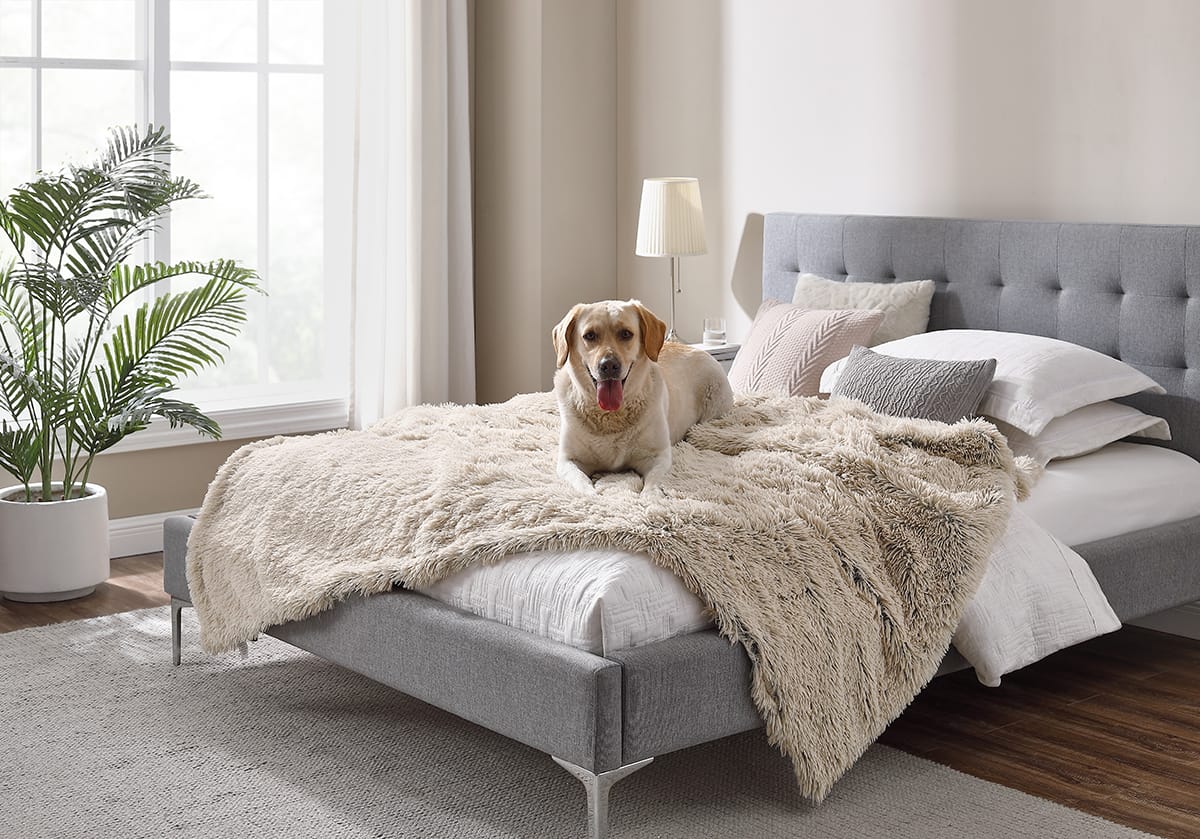
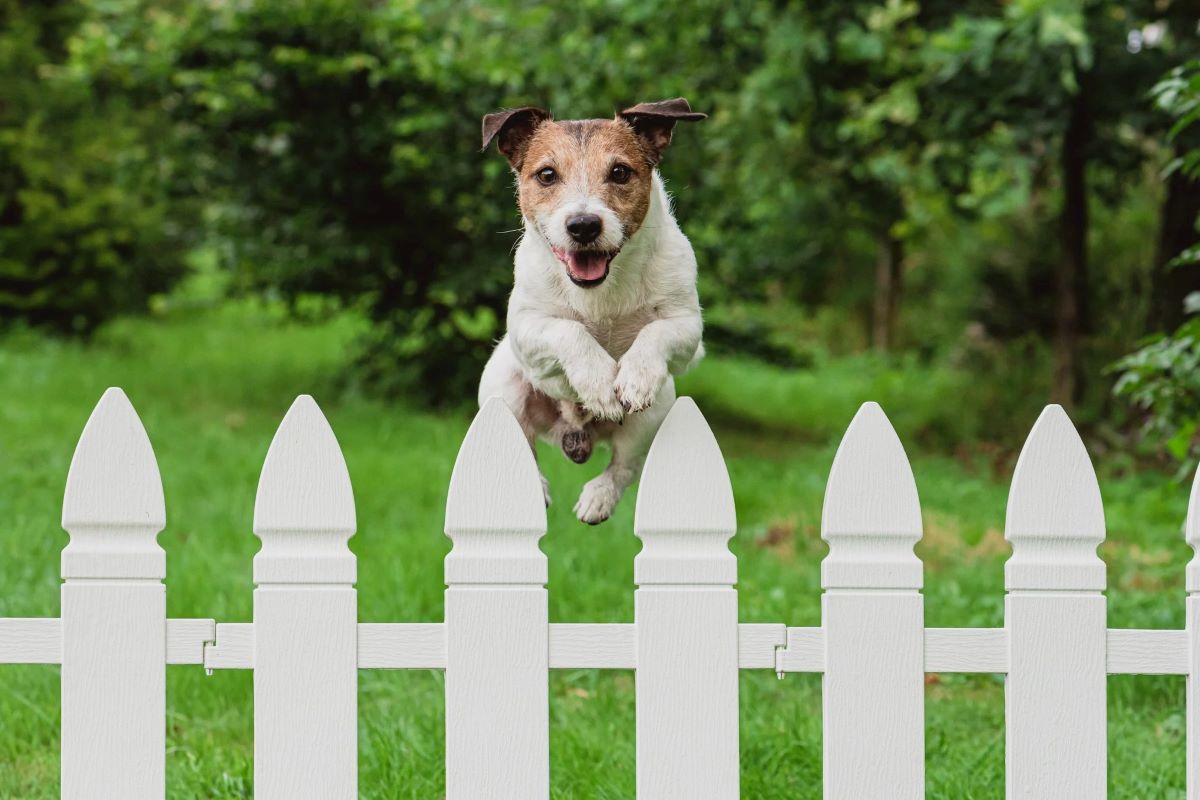
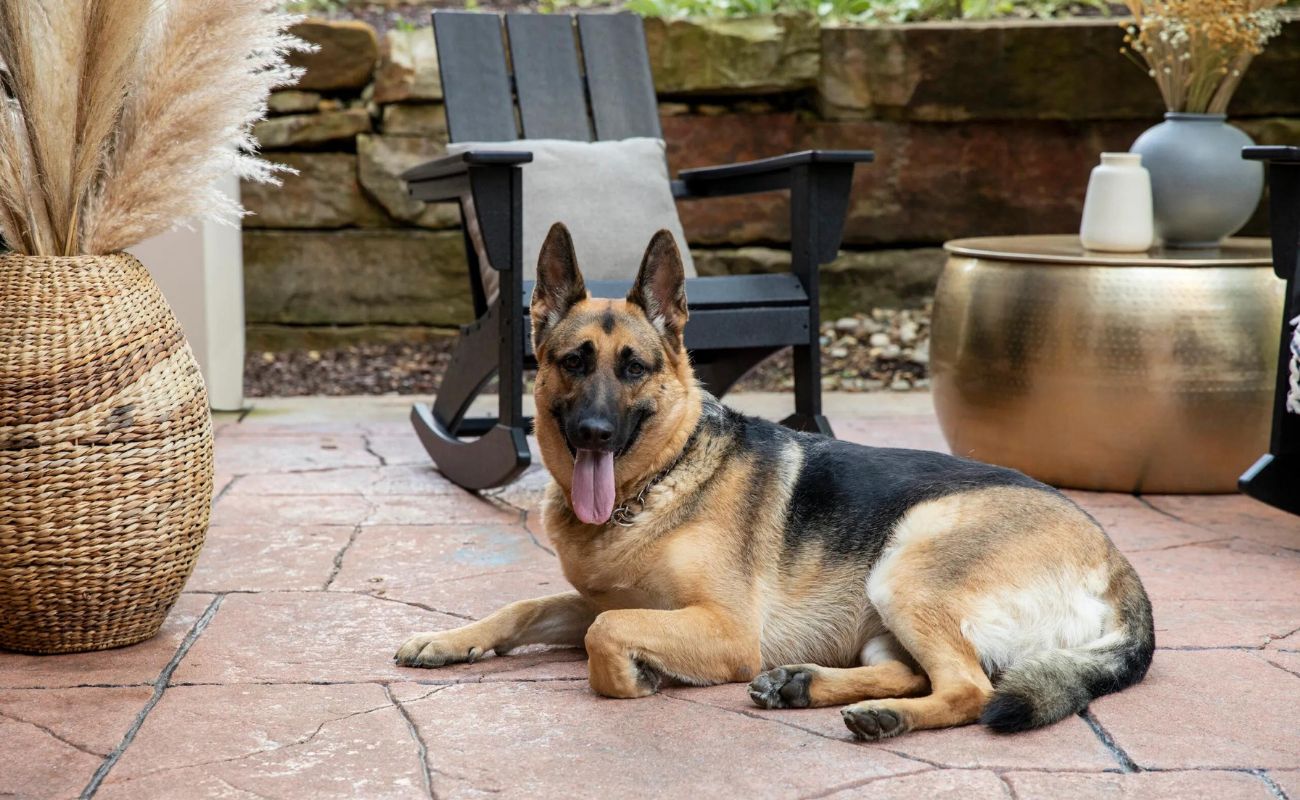

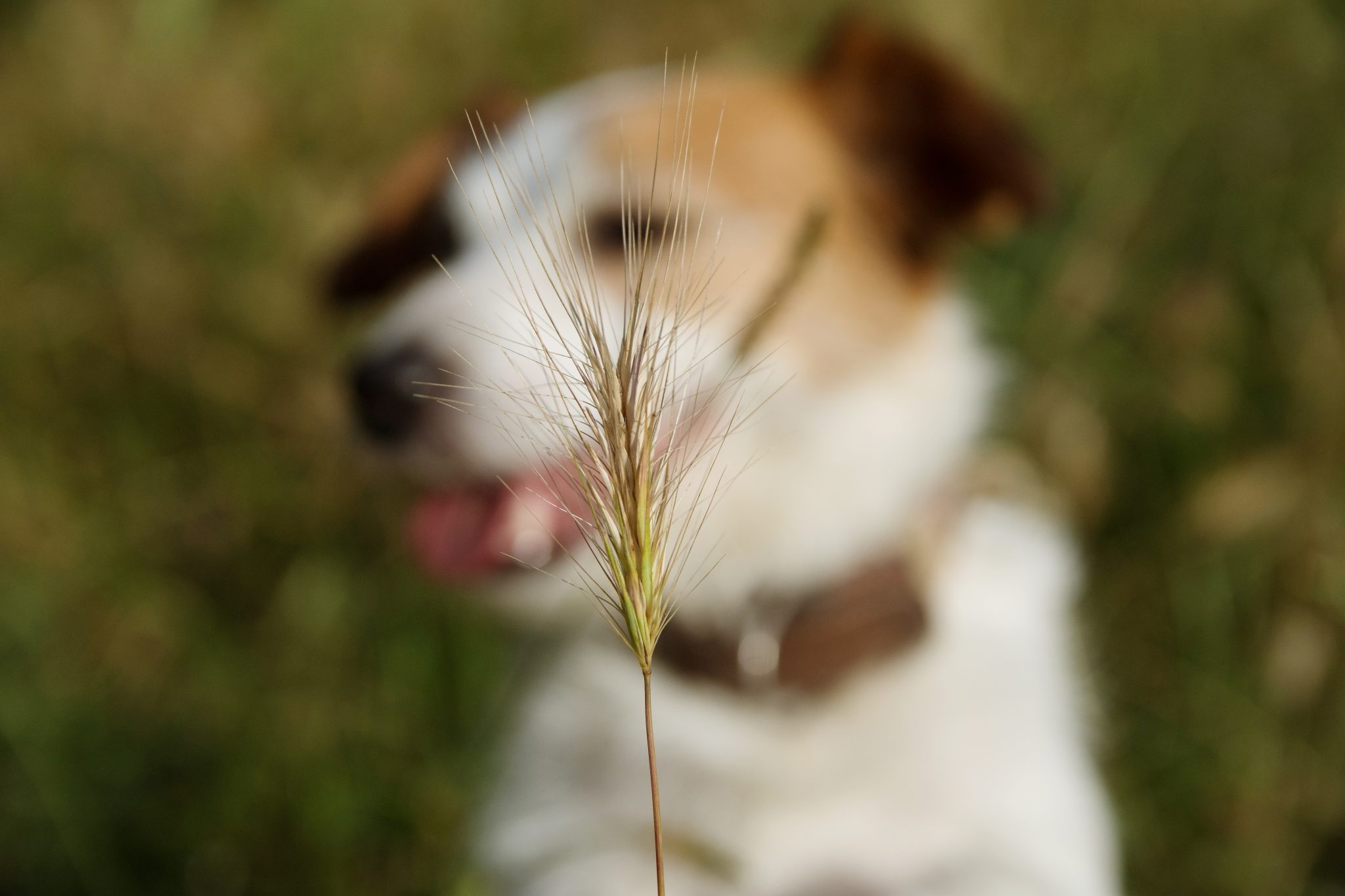
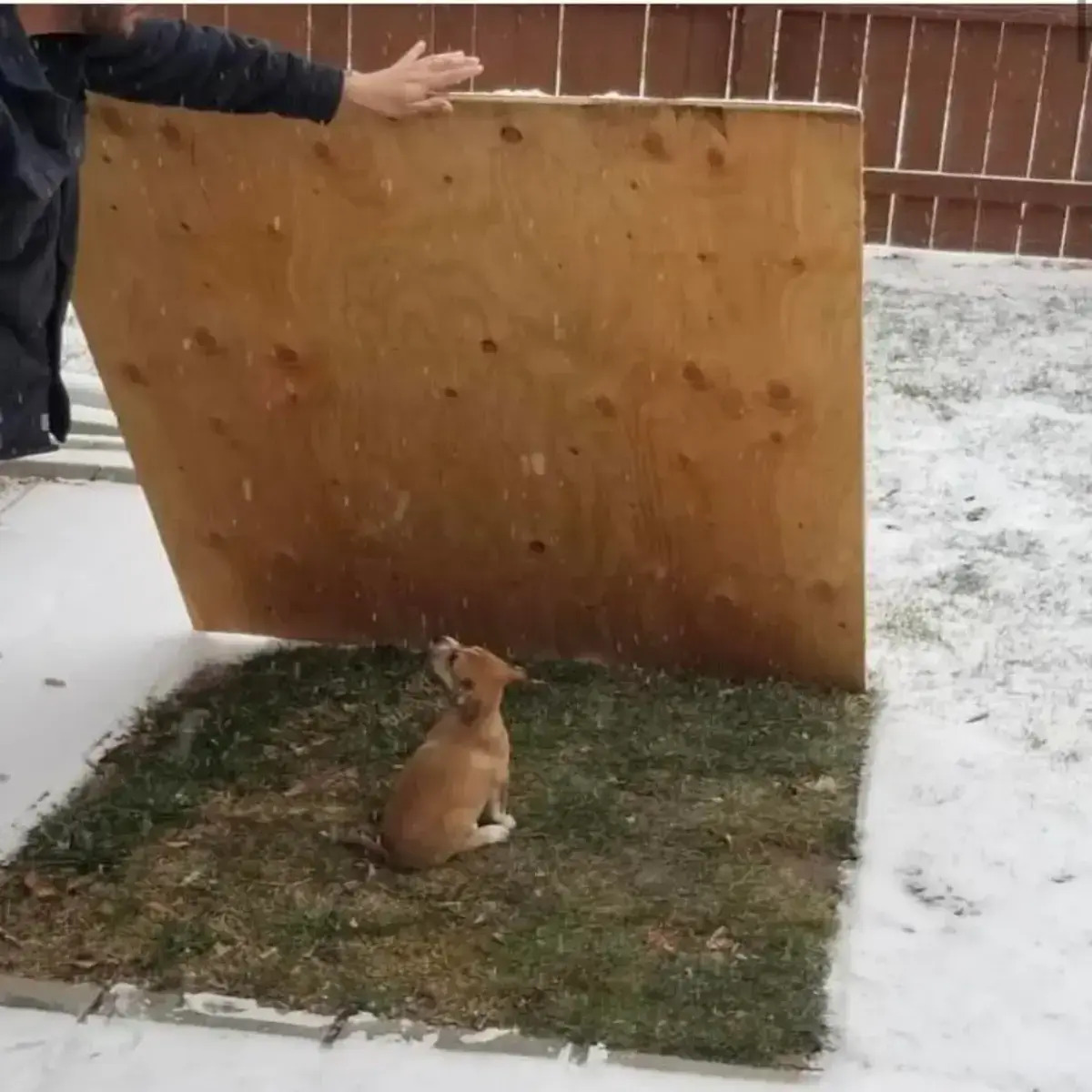

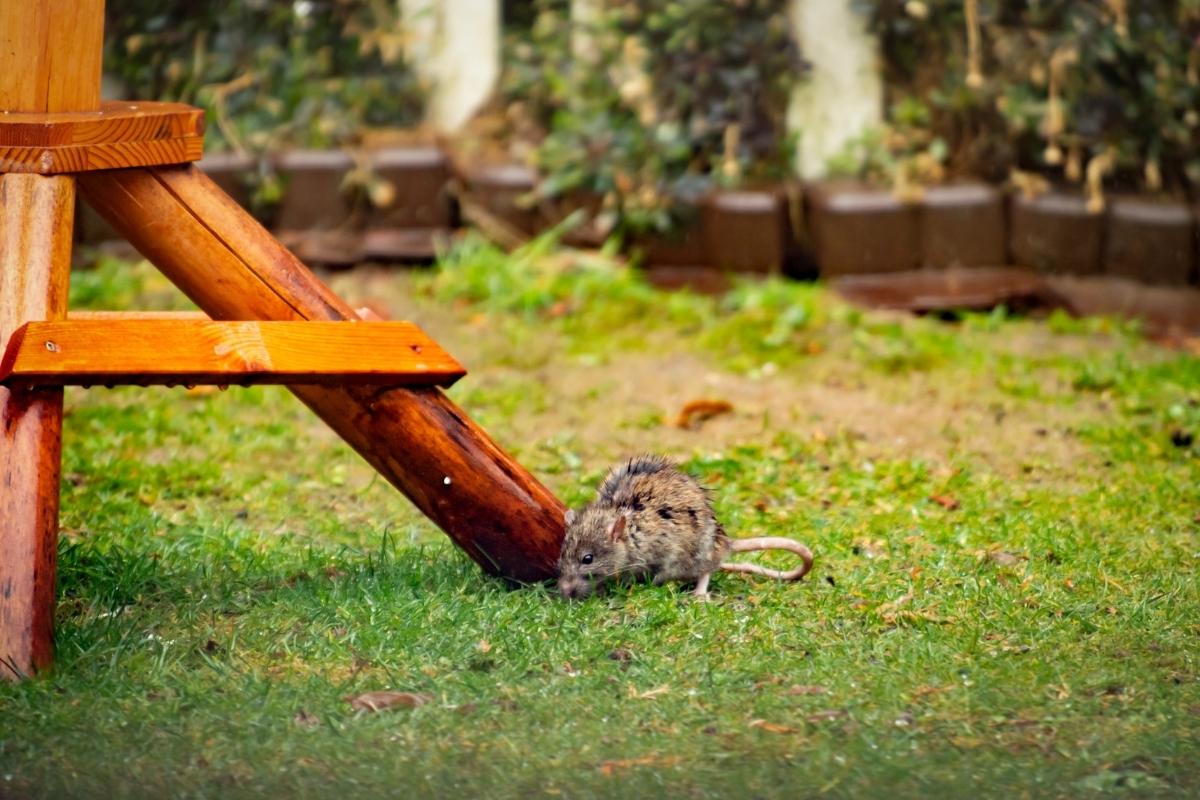

0 thoughts on “How To Keep A Dog Out Of A Garden”